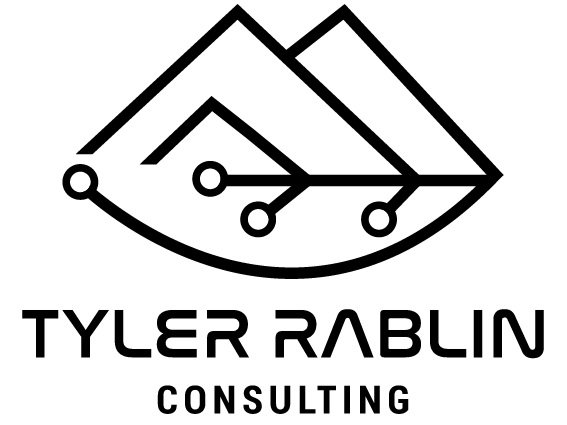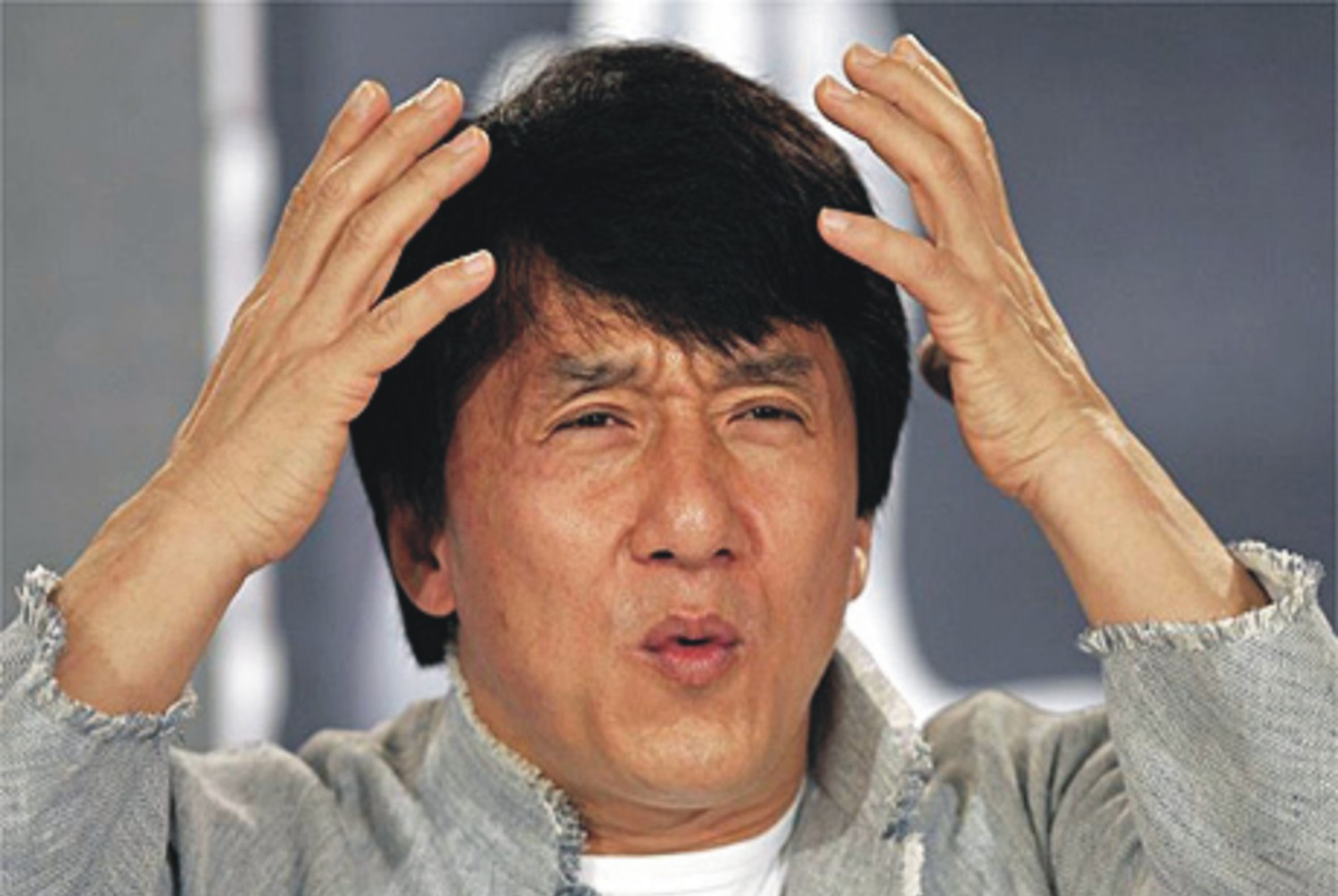SAMR Simplified, But Does It Really Matter?
I used to get so nervous when people would ask me where I was in the SAMR model. I'd sweat over the difference between augmentation and modification, splitting hairs over their true definition. I felt incompetent whenever I couldn't carry on a discussion about the difference between modification and redefinition in a task.
Then I learned two things:
(1) The levels are way simpler than I originally thought.
(2) The levels don't really matter (and the people who think they do either want your money or to feel smart).
Yes, I said it.
THE SAMR LEVELS THEMSELVES DON'T MATTER.
"But, what?! I need to move up one level, or I won't be a good teacher!"
SAMR doesn't replace good teaching. SAMR is simply a way to leverage good teaching into more meaningful tasks.
I'm getting ahead of myself, though. Let's simplify SAMR first.
Then I learned two things:
(1) The levels are way simpler than I originally thought.
(2) The levels don't really matter (and the people who think they do either want your money or to feel smart).
Yes, I said it.
THE SAMR LEVELS THEMSELVES DON'T MATTER.
"But, what?! I need to move up one level, or I won't be a good teacher!"
SAMR doesn't replace good teaching. SAMR is simply a way to leverage good teaching into more meaningful tasks.
I'm getting ahead of myself, though. Let's simplify SAMR first.
SAMR Simplified
- S: Substitution - If you took the tech away, nothing would change.
- Example: Students are writing a research paper on Google Docs.
- Notice that you could take away Google Docs, and students would just use paper. Nothing would really change. Get it - you could SUBSTITUTE physical for digital and nothing would change.
- A:Augmentation - If you took the tech away, you would lose helpful fringe elements, but the core task would be the same.
- Example: Students are writing a research paper while using EasyBib.com to cite their sources and leaving comment threads on each other's writing for peer feedback.
- Notice that now taking away the technology affects the process, but the end product would be the same. Creating the citations will take much longer and the feedback would just be written on the margins, but the end result is still the exact same task. All it means it that tech is AUGMENTING a task students could do without tech.
- M: Modification - If you took the tech away, you would lose really important components of the task, but you could probably find a different way to do it.
- Example: Students create a podcast or vlog based around their research, and they publish that to the web.
- Notice that this time if you took the tech away, there would be a really significant difference in the task. You could still have students write up their research findings and post them around the room or make a poster or brochure to go with it, but there is a significant shift in what students are actually doing. Without tech, you would have to MODIFY the task.
- R: Redefinition - If you took the tech away, it would be impossible to achieve the task.
- Example: Students create social media campaigns to address issues in their local community (as identified by a community survey).
- Notice that if you took tech away, there would be no task. Students would lose their audience and their medium for communication. You could even encourage students to contact an expert in that issue, and if they tried snail mail, that due date had better be for next year. The task that students do has been entirely REDEFINED. What used to be called a research paper has been redefined into an entirely new concept, though it is important to note that it would still address all the same educational standards as the original task.
Why does SAMR actually matter?
Like I said before, splitting hairs over what level of SAMR you're at doesn't really matter. What matter is the way the level of critical thinking and true engagement almost inherently increases as you progress through the SAMR levels.
Critical Thinking:
Using the above examples, notice how much more critical thinking goes into the redefinition task versus the substitution task. In order to complete the redefinition task, students have to think about an actual audience and what will best persuade them. They have to think about an effective medium for a social media campaign. They have to recognize that effective social media campaigns often include condensed versions of information, so they'll need to evaluate their information and select the most effective pieces.
Good teaching can promote critical thinking no matter how much technology is in the classroom. The difference that comes with leveraging technology and moving up the SAMR model is that students are pushed to apply that critical thinking into new environments and scenarios.
True Engagement:
Engagement can happen at every level and depends on a lot of factors, but think about the components that make up true engagement: student choice and voice, connection to real life, accountability with a broader audience, task value, etc. The more you move up the SAMR scale, the more these components make their way into your classroom.
What's Really Important?
I've found that I never really think about SAMR anymore. Instead, I ask myself a few questions.
- Is there a way that I could incorporate more student voice, choice, and creativity into this task?
- Is there a way that I could allow students to share their work with more people?
- Is there a way that I could ground this task more in the real world to make it relevant?
- Is there a way that I could ask student to apply more critical thinking skills in new contexts?
If you just ask those four questions, you will move up the SAMR model, but more importantly, the work that happens in (and outside of) your classroom will become much more valuable to both you and your students.
Final Thoughts:
For a lot of people, SAMR seems to be a source of guilt, like being at substitution is a bad thing or something. It makes people feel inadequate. If this is how SAMR makes you feel, you aren't alone.
However, I think it's time we flip the script on SAMR. SAMR isn't a tool to measure teachers, and it isn't something to make you feel bad about being uncomfortable with technology.
Instead, let's look at it as a creativity tool, a way to help us think bigger, to incorporate more "shoot-for-the-stars" in how we view school. That's what SAMR's about, to inspire us to go big.
When students leave our school, how are we ensuring that they will remember what they did in our classrooms?
That's what SAMR's all about.




